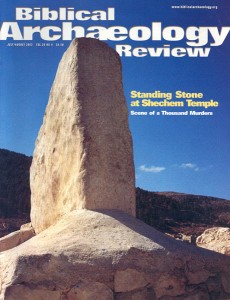Writing Tablets
Notepaper of the Roman World
Sidebar to: Literacy in the Time of Jesus

The normal writing material used throughout the Roman Empire was the wooden writing tablet. A shallow recess was cut in a wooden board, leaving a border like a picture frame. The recess was filled with wax on which you could write with a sharp pointed stylus. Examples have been dug up in different parts of the Roman world, including London, where unusual soil conditions have prevented the wood from rotting.
Over the past 30 years another type of wooden tablet has come to light. This is a very thin slat, like a piece of veneer; letters were incised on it with a sharp point and the slat folded in half, vertically. Then it was secured by a cord running through a v-shaped slot at each edge and tied. Scores of these slats, dating from about 100 A.D., have been unearthed at Vindolanda, a fort on the frontier between Britain and Scotland where Hadrian’s Wall was later erected. All ranks in the army wrote on the slats, from the garrison commander to infantrymen and slaves.
Perhaps the most famous letter found at Vindolanda is a birthday invitation from Claudia Severa, the wife of the commander of Briga, a nearby fort, to Sulpicia Lepidina, wife of Vindolanda’s commander. Claudia Severa’s warm, informal tone, and the personal nature of her message, lend support to the theory that writing was part of everyday life:
Already a library member? Log in here.
Institution user? Log in with your IP address.

